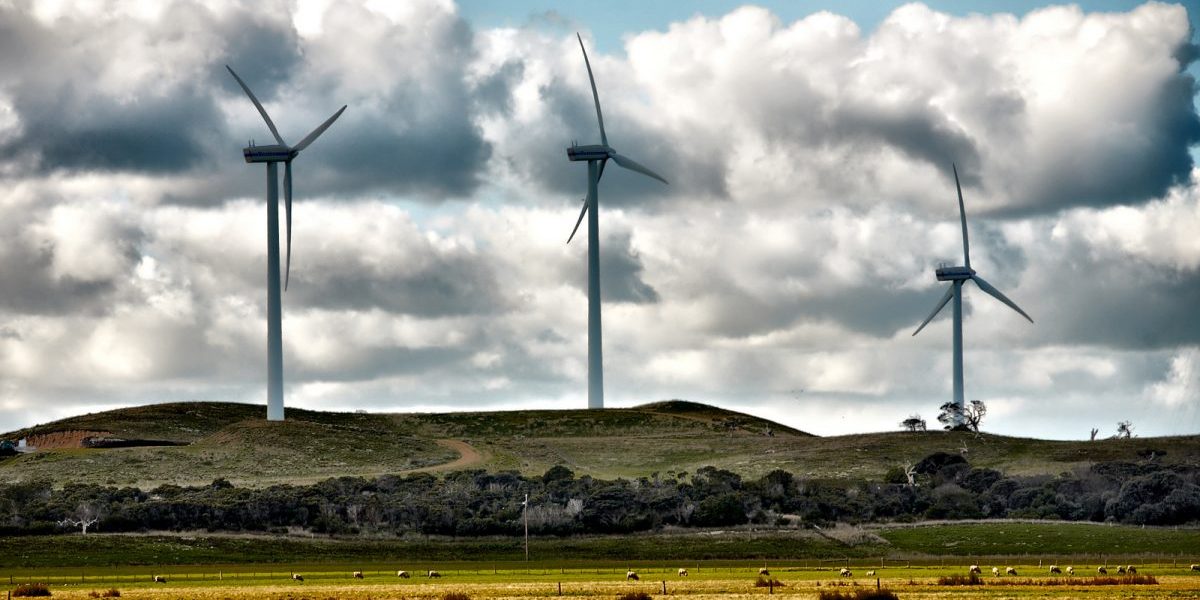The Kuyasa Housing CDM Project, run jointly with the City of Cape Town, recently became the first project in Africa to be registered with the CDM Executive Board. The project neatly satisfies the criteria of the CDM, and even won third prize in April 2004 at the PointCarbon ‘Carbon Insights’ Conference in Amsterdam for the best CDM project. But its small scale, and intensive use of relatively costly renewable energy technologies, has proved an obstacle to getting the project off the ground, Tyler says.
The Kuyasa project will involve retrofitting 2,309 of the tiny matchbox houses the government builds for the poor with insulated ceilings, solar water heaters and energy-efficient lighting. Designed to bring low-cost and energy-efficient services to the poor, while simultaneously reducing their use of dirty power, the project is also the first in the world to be validated against a Gold Standard methodology for CDM projects, developed by environmental groups. The Kuyasa project would earn 132,300 carbon credits over the next 21 years, which, at current market value, would only pay for 15% of the upfront capital costs of the project, Tyler says. The resulting gap in funding has held the project back.
Environmentalists and community groups complain that under the current pricing scenario, only the large-scale, inexpensive projects that concentrate on reducing large volumes of greenhouse gases such as methane are viable. The robust prices seen on the European market have yet to trickle down to developing countries, where CDM projects generally require upfront capital, experts say. Much-needed projects in areas like transportation are being pushed aside in favour of this ‘low-hanging fruit’ – the projects that are easier to do and earn lots of credits, Tyler says.
‘The market-based emissions trading system is designed to find these cheap projects, but unfortunately what is happening to the renewable energy projects – the projects that change the way we do things in the economy – is that those projects are being pushed out initially by the market,’ Tyler says. For the time being, SouthSouthNorth has many potential buyers interested in the carbon, Tyler says, but none will commit until the rest of the financing falls into place. As a result, SouthSouthNorth is trying to find other sources of financing for Kuyasa in order to continue developing it as a CDM project, in hopes of getting a better deal in future, when the market is better and the project is further along.
As it is, investors tend to be wary of getting involved in high-risk schemes, Tyler says, and may be willing to pay a premium for the credits once the project has made progress. ‘By developing the projects further prior to the sale of the credits, the price (of carbon) increases,’ she says. But finding other sources of funding can be just as tricky. Normally, Kuyasa would be a good candidate for overseas development aid, but the rules of CDM don’t allow that.
In the end, the Department of Environmental Affairs and Tourism has agreed to put up a large chunk of the funding. Meanwhile, Tyler says, it is only a matter of time before all the low-hanging fruit gets snapped up and the cheap supply of carbon credits dwindles, driving carbon prices higher and creating room in the market for the more sustainable development-focused projects like Kuyasa. ‘If the (carbon) price was four times what it is at the moment, we would have far less of a problem,’ she says.








